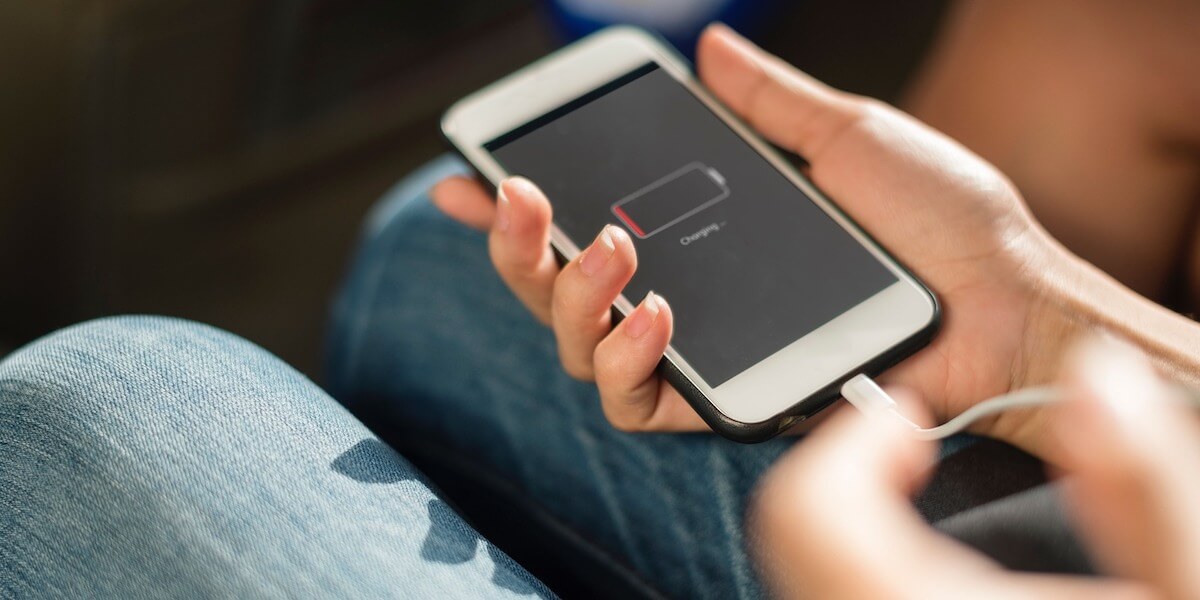
Professor Ananya Renuka Balakrishna is researching ways to extend the battery life for phones, laptops and other personal devices. (Photo/Courtesy of Pixabay)
Batteries, especially rechargeable ones that we can use repeatedly, power much of our technology.
We all use mobile phones and laptops and notice that, after a few years, the batteries don’t hold as much charge as they used to. This is known as battery fade.
Ananya Renuka Balakrishna, a new assistant professor in the USC Viterbi School of Engineering, aims to create longer lasting batteries that prevent battery fade – and all the concomitant frustrations of losing power on your laptop at the most inopportune times.
Balakrishna, WiSE Gabilan Assistant Professor of Aerospace and Mechanical Engineering, began her USC journey this fall. Her current research focuses on theoretical and computational models to create next-generation energy storage in battery-used technology.
“Our group focuses on using mathematics as a discovery tool,” said Balakrishna, also a USC Provost’s Assistant Professor Fellow.
The ultimate objective of her work is to provide more efficiency and prolong the lifetime of batteries in devices such as phones and laptops. She does this by trying to develop new materials to use in the electrodes of lithium-ion batteries that mimic self-accommodating microstructures, and therefore induce no volume changes of electrodes.
“One of the fundamental causes of battery degradation is related to structural integrity of the materials,” Balakrishna said.
“Every time we charge or discharge a battery, we are contributing to the eventual failure of battery materials. This is because during battery operation, lithium ions are inserted into the host electrode lattices. This repeated insertion or extraction causes electrodes to expand and creates cracks and other defects, leading to the eventual breakdown of batteries,” Balakrishna said.
Balakrishna and her team are looking for this perfect micro-structurally engineered material. However, before looking through hundreds of possible materials and combinations experimentally, Balakrishna will start with a mathematical model to see if that material will even work and to ascertain the strength of materials.
“It can be very challenging to discover experimentally if you didn’t have a theory prediction beforehand,” Balakrishna said.
By using math and material theory, she and her team investigate the structure and properties of those materials relative to the microscopic battery structure to assess their suitability. So far, they have identified that the microstructure in shape-memory alloy shows the self-accommodation property; they now are investigating whether similar microstructures can be formed in battery electrodes.
Balakrishna believes her research to extend battery life has come at a fortuitous moment, since there has been a shift towards renewable energy and an emphasis on sustainability. “It’s important to reduce carbon emissions and especially find new ways to tap into renewable sources for our day-to-day lives,” Balakrishna said.
She said she is excited to be at USC Viterbi, especially because of the interdisciplinary research possibilities the school offers.
“The possible collaborations and university-wide initiatives are what make USC so appealing,” Balakrishna said, “and the fact USC is in Los Angeles.”
Published on October 15th, 2020
Last updated on October 15th, 2020









